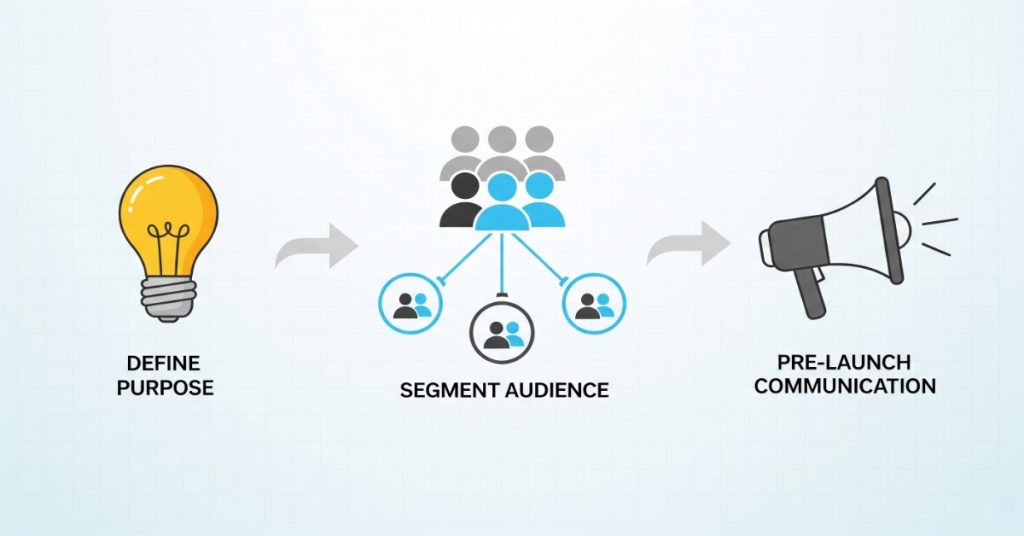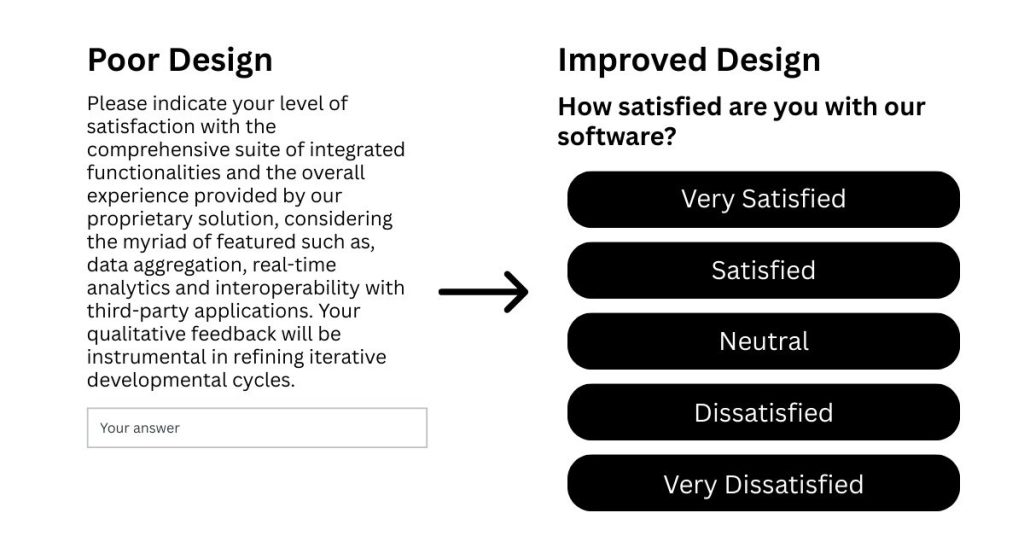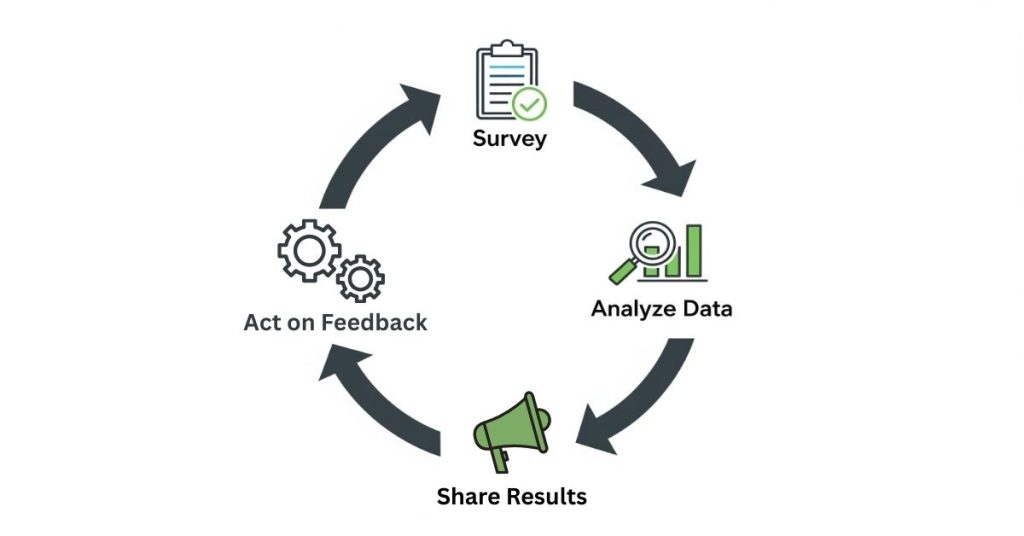You’ve been there. You spent hours crafting the perfect survey, the questions are insightful, the logic is flawless. You hit “send,” anticipating a flood of valuable data that will unlock your next big business decision. And then… crickets. Maybe a few token responses trickle in, but it’s nowhere near the engagement you need to draw meaningful conclusions.
I remember this feeling all too well. Early in my career, I was tasked with a major client satisfaction survey. We were so proud of it. We sent it to 10,000 customers. The response? A paltry 1.2%. The data was statistically insignificant, and the project was a bust. That failure became my masterclass. It forced me to stop focusing on the questions I wanted to ask and start focusing on the experience of the person I was asking.
The truth is, getting people to take your survey in 2025 is harder than ever. Everyone is suffering from digital overload and fatigue. But getting it right is not just a “nice-to-have”; it’s a critical business advantage. High survey response rates lead to more accurate data, a better understanding of your audience, and smarter, evidence-based decisions.
This isn’t just another list of generic tips. This is a step-by-step guide to fundamentally rethinking your approach. We’ll walk through the entire process, from pre-launch strategy to post-survey action, to help you dramatically improve your survey participation and turn silence into a valuable conversation.
Table of Contents
Why is High Survey Participation a Superpower?
Before we dive into the “how,” let’s solidify the “why.” A high response rate is a direct reflection of your data’s quality and, by extension, your brand’s relationship with its audience. When you succeed in increasing survey response rates, you unlock several key benefits:
- Improved Accuracy and Representation: A larger sample size reduces your margin of error and ensures your data accurately represents your target population. It helps you avoid the dreaded non-response bias, where the opinions of those who didn’t respond skew your results.
- Deeper, More Diverse Insights: More responses mean a wider range of opinions. This is crucial for identifying subtle trends and understanding the nuances within your audience instead of just hearing from the most vocal customers or employees.
- Confident Decision-Making: With robust data, you can make strategic decisions with confidence. Whether you’re launching a new product or refining your company culture, you’re operating on evidence, not guesswork.
- Easier Outlier Identification: When you have a large dataset, it’s easier to spot anomalous responses. If only two people respond and one loves your service and one hates it, you have a 50/50 split. If 200 respond and one person hates it, you can correctly identify that response as an outlier.
The Foundation: Strategy Before Clicks
The biggest mistake most people make is thinking the survey process begins with writing questions. It doesn’t. It begins with strategy. A survey without a solid foundation is doomed before you even hit send.
Step 1: Define Your “Why” with Crystal Clarity
Don’t send a survey just to “get some feedback.” What is the single, specific problem you are trying to solve or the decision you are trying to make? A well-defined purpose is your North Star. As one Harvard Business Review report noted, leading companies move beyond rote surveys and ask pointed, clear questions designed to inform strategy. Your goal dictates your questions, your audience, and your follow-up.
Step 2: Know Your Audience and Personalize Your Approach
Generic, one-size-fits-all surveys get ignored. The key to cutting through the noise is personalization. Segment your audience based on demographics, purchase history, or past interactions.
Think of Netflix. They don’t ask you what you think about their entire library. They send tailored surveys based on your viewing history. If you watch a lot of documentaries, they’ll ask about your opinion on their documentary selection, making the request immediately relevant and far more likely to be answered. Address recipients by name and acknowledge their relationship with your brand. This simple act makes them feel seen.
Step 3: Communicate Before You Activate
Never let a survey be a surprise. Pre-survey communication is one of the most effective yet underutilized strategies for improving participation.
- Announce the Survey: Send a brief announcement a week or so in advance.
- Explain the “Why”: Clearly state the survey’s purpose and how the feedback will be used. This builds trust and underscores the value of the respondent’s time.
- Set Expectations: Let them know roughly how long it will take and what to expect.

Designing Surveys People Actually Want to Complete
Once your strategy is set, you can focus on designing an experience that is respectful of your audience’s time and attention. A poorly designed survey is an abandoned survey.
Step 4: Respect Their Time—Keep It Short and Sweet
This is the golden rule. Research shows that surveys taking five minutes or less to complete can achieve significantly higher completion rates. Every single question adds friction. Be ruthless in your editing. If a question isn’t essential to your core goal (see Step 1), cut it. Always display a progress bar so respondents know where they are in the process.
Step 5: Master the Art of the Question
The language you use matters. Avoid internal jargon, acronyms, and complex phrasing. Each question should be simple, direct, and unambiguous. A Harvard Business Review article discussing customer feedback emphasizes that many surveys fail because people don’t invest much thought into them; clear, simple questions are easier to process and answer honestly.
- Use simple, direct language.
- Ask one thing at a time. Avoid double-barreled questions.
- Use multiple-choice questions where possible to reduce cognitive load.
Step 6: Design for Mobile-First and User-Friendliness
A huge portion of your audience will open your survey on a mobile device. If it’s not optimized for a small screen—if they have to pinch, zoom, and scroll endlessly—they will abandon it. A clean, visually appealing, and easy-to-navigate design lowers respondent fatigue and fosters a positive attitude toward completion.

The Launch: Timing, Trust, and Temptation
With a great design in hand, it’s time to launch. But sending it out into the world requires just as much strategic thought as creating it.
Step 7: Perfect Your Timing and Frequency
When you send a survey can have a massive impact on response rates. Sending it at 5 PM on a Friday is a recipe for disaster. Research suggests that mid-morning or early afternoon on a weekday tends to yield better results, as people are at their desks but not yet overwhelmed.
Equally important is frequency. Bombarding your audience with constant requests leads to serious survey fatigue. It’s better to conduct one well-planned, strategic survey per quarter than a lazy, ineffective one every month.
Step 8: Build Trust Through Transparency and Confidentiality
People are more likely to participate if they trust the organization conducting the survey and believe their responses will be handled ethically.
- State your privacy policy clearly.
- Be transparent about whether responses are anonymous or confidential.
- Involve leadership. For employee surveys, having executives actively promote the survey and lead by example in completing it can significantly boost participation rates.
Step 9: Use Incentives Wisely
Incentives can be a powerful motivator, but they need to be handled with care. The key is to offer something that provides genuine value to the recipient.
- Monetary Incentives: Small gift cards, discounts, or entry into a prize drawing can be very effective. Starbucks, for example, often offers loyalty members bonus stars for completing surveys—a direct, tangible reward that encourages action.
- Non-Monetary Incentives: Don’t underestimate the power of exclusive content, early access to new features, or a simple recognition of their contribution.
My own “aha” moment came from this. After my initial 1.2% disaster, we tried again with a different client. This time, we sent a much shorter, mobile-friendly survey and offered every respondent a $5 coffee gift card. Our response rate shot up to 35%. The incentive wasn’t huge, but it was a clear signal that we valued their time.
Read More
Ensuring Mobile-Friendly Surveys for Better Results
Insider Tips for Successful Online Surveys: The Ultimate 2025 Guide
How to Improve Your Survey Completion Rate?
Post-Survey: Closing the Loop to Guarantee Future Success
The work isn’t over when the responses are in. In fact, what you do after the survey is arguably the most important step for improving survey participation in the future.
Step 10: Share the Results
This is the step that 90% of companies skip. Once you’ve analyzed the data, share a summary of the key findings with everyone who participated. You don’t need to share the entire raw dataset, but a high-level overview shows them that their feedback wasn’t sent into a black hole. It demonstrates respect and closes the loop.
Step 11: Take Visible Action
Data is useless without action. According to insights from Harvard Business Review, a primary reason employee engagement initiatives fail is that follow-up action plans result in little actual action. When people see that their feedback led to a tangible change—a bug was fixed, a process was improved, a new benefit was added—they become believers.
Taking action is the single most powerful way to guarantee participation in your next survey. It proves that you listen and that their voice matters.

Conclusion: From Crickets to a Continuous Conversation
Improving survey participation isn’t about finding one magic bullet. It’s a holistic process built on a foundation of strategy, empathy, and respect. It requires you to think like a marketer, design like a user-experience expert, and follow through like a project manager.
By moving from a mindset of “extracting data” to one of “starting a conversation,” you change the entire dynamic. Your next steps are clear:
- Audit your last survey. Where did it fall short in the steps outlined above?
- Commit to a pre-launch strategy for your next survey. Define your “why” and map out your communication plan.
- Pledge to close the loop. Commit, right now, to sharing results and taking visible action on the feedback you receive.
Do this, and you won’t just see your response rates climb. You’ll build stronger relationships with your customers and employees, and you’ll gather the rich, high-quality insights you need to drive real growth.

